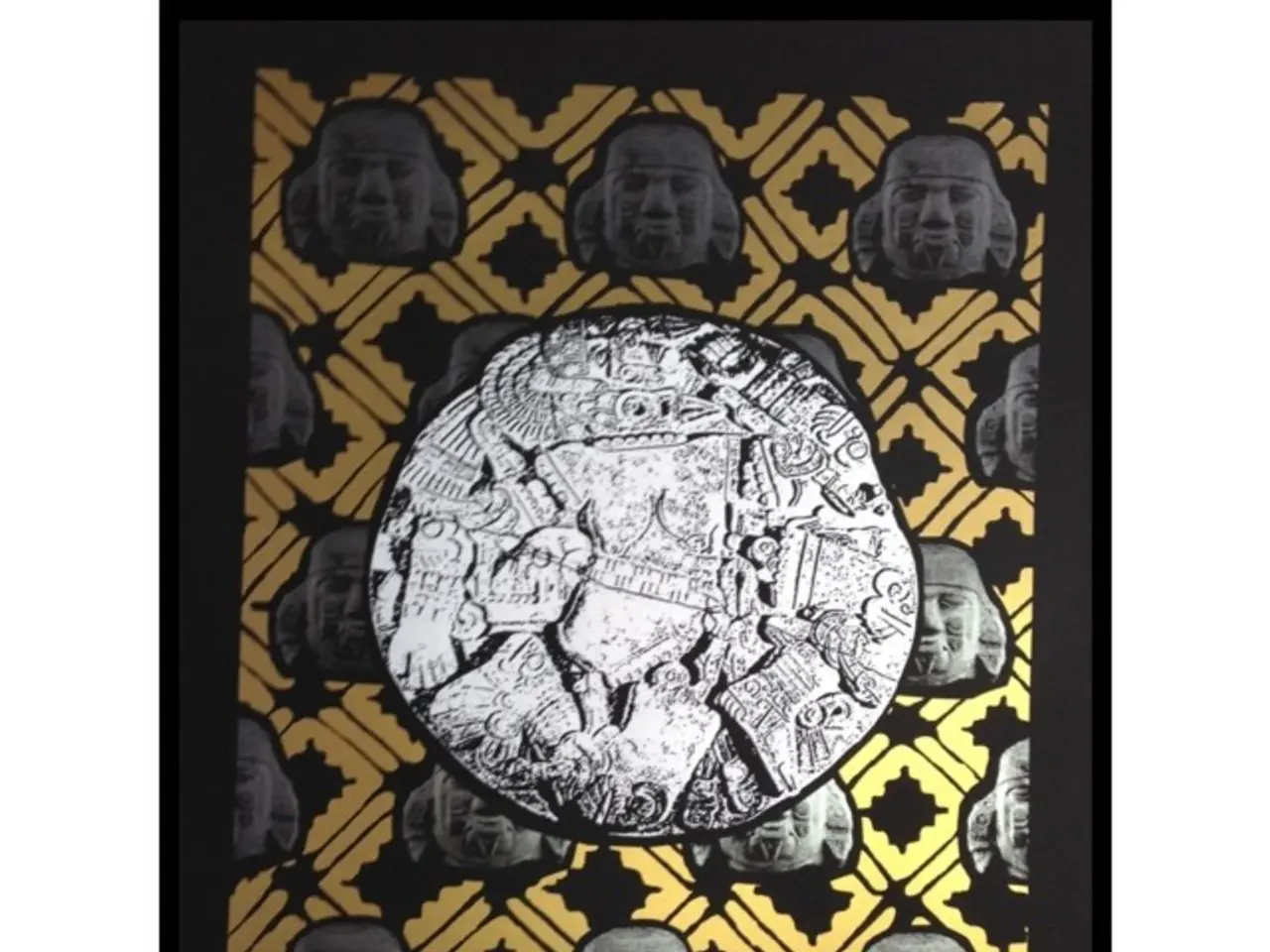NIST Reveals New Standards for Detecting Attempted Face Alterations
In a recent development, the US National Institute of Standards and Technology (NIST) has published a new report titled Face Analysis Technology Evaluation (FATE) MORPH 4B: Considerations for Implementing Morph Detection in Operations (NISTIR 8584). The report, authored by Mei Ngan, focuses on helping organizations optimize their efforts to detect face morphing software, a type of deepfake technology that blends the photos of two people into a single image.
According to the report, the accuracy of detection tools for face morphing has significantly improved in recent years. However, it's crucial to be aware that morphing attacks are happening and that there are ways to mitigate them.
The report introduces key detection methods and discusses the pros and cons of various investigatory techniques. In the first detection scenario, called "single-image morph attack detection," examiners only have the synthesized photo at hand. Notably, single-image detection tools, when trained on the software that generated the morph, can detect morphs 100% of the time with a false detection rate of 1%. However, without such training, accuracy can fall below 40%.
In the second detection scenario, called "differential morph attack detection," examiners have both the synthesized photo and a second, genuine image for comparison. Differential detectors have an accuracy range of 72% to 90% for morphs created via both open-source and proprietary software.
The most effective way to mitigate morphing attacks is to prevent users from submitting manipulated photos for ID credentialing in the first place. For instance, as early as 2022, Europol warned that face morphing could be used in document fraud, such as applying for a passport or passing identity checks. The report emphasizes the importance of preventing morphs from entering operational systems in locations such as passport application offices and border crossings.
Detection tools are designed to guide operational staff in determining whether an investigation is necessary and what steps to take. The report serves as a valuable resource for organizations looking to enhance their ability to detect and combat face morphing software, ensuring the integrity of identity verification processes.








